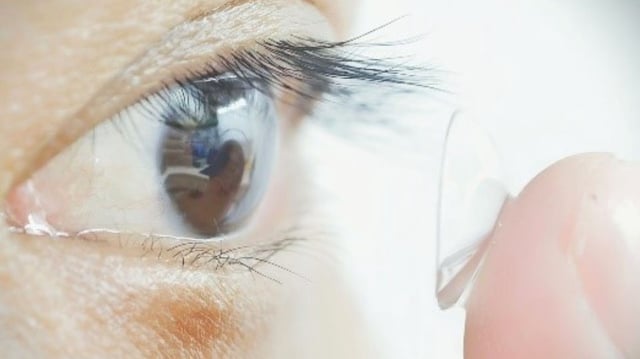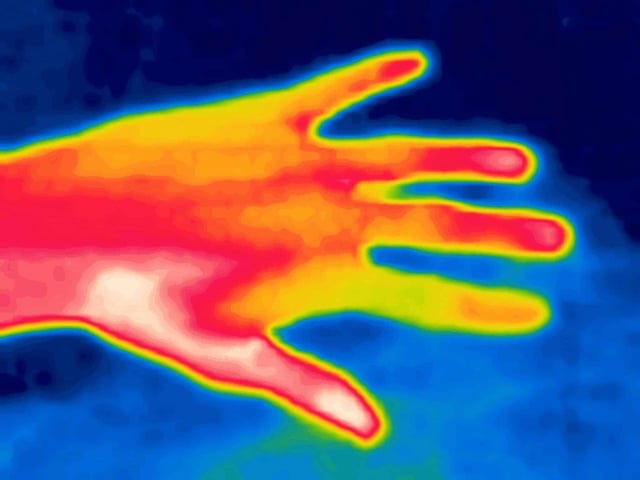Overview
- The lenses use upconversion nanoparticles to transform near-infrared light (800–1,600 nm) into visible wavelengths (400–700 nm), allowing simultaneous perception of visible and infrared light.
- Human trials demonstrated the ability to detect flashing infrared signals and discern their direction, with improved clarity when eyes were closed due to reduced interference from visible light.
- The technology was first validated in mice, where infrared vision behaviors were observed, before being tested successfully on human volunteers.
- Current limitations include blurry images and sensitivity only to intense infrared sources, such as LEDs, with ongoing research aiming to enhance resolution and sensitivity.
- Potential applications include security, rescue operations, medical imaging, anti-counterfeiting, and aiding color-blind individuals by color-coding infrared wavelengths.


